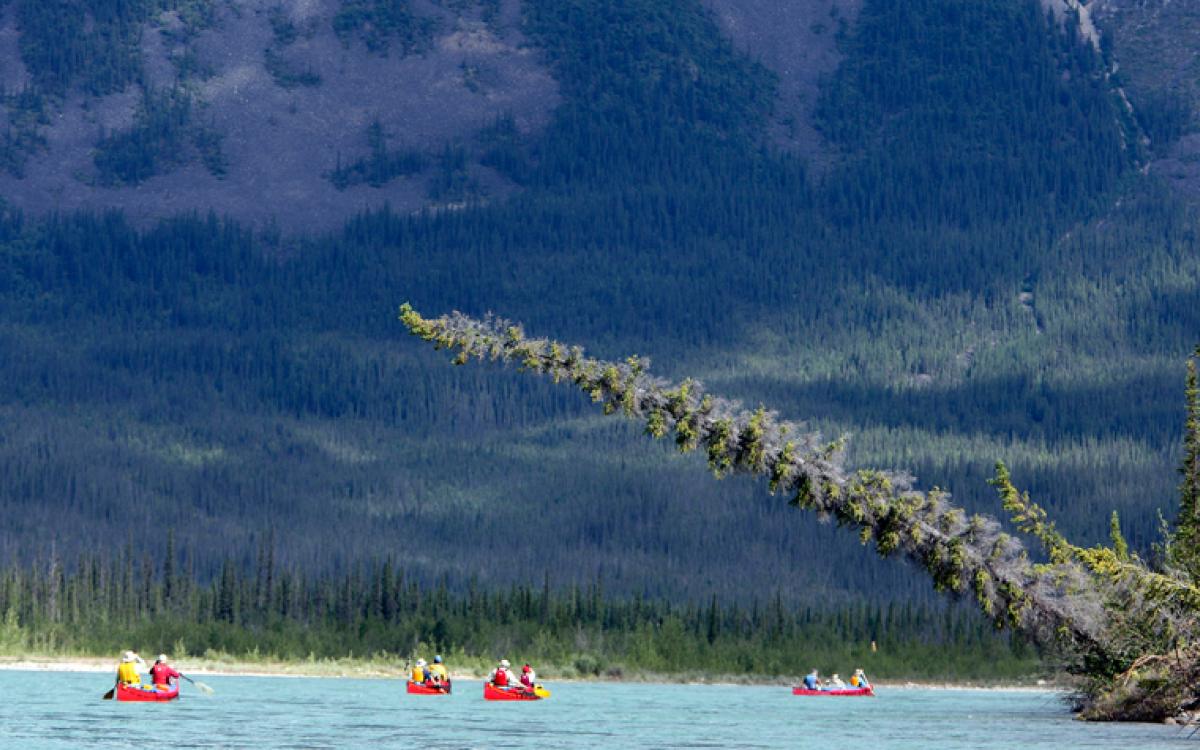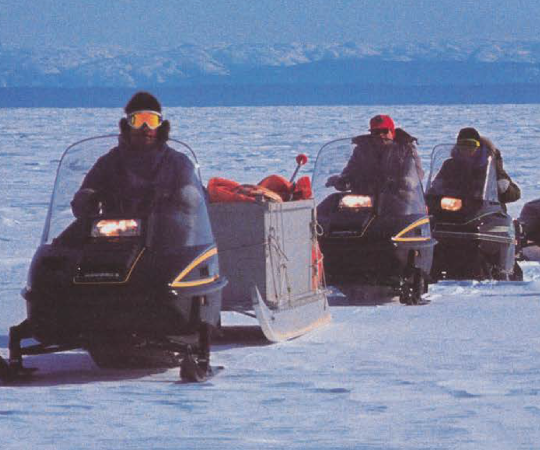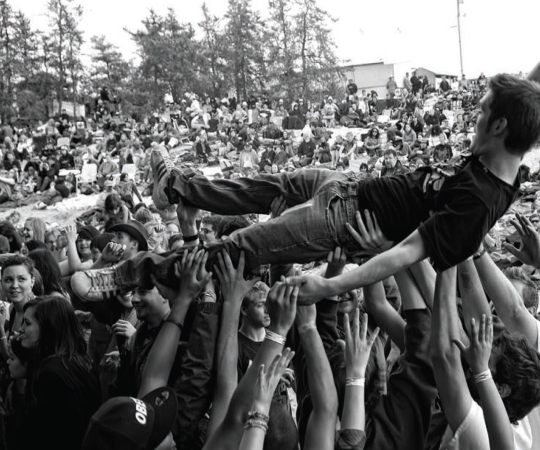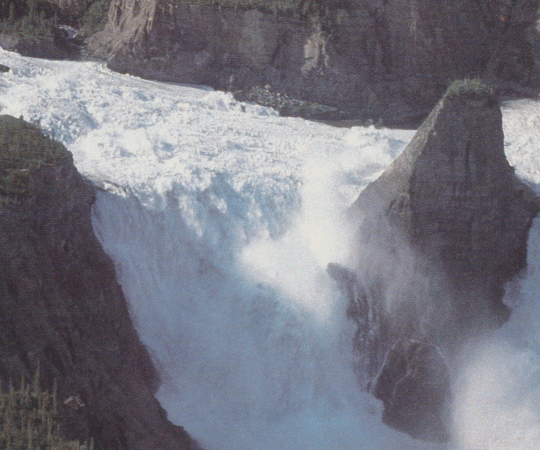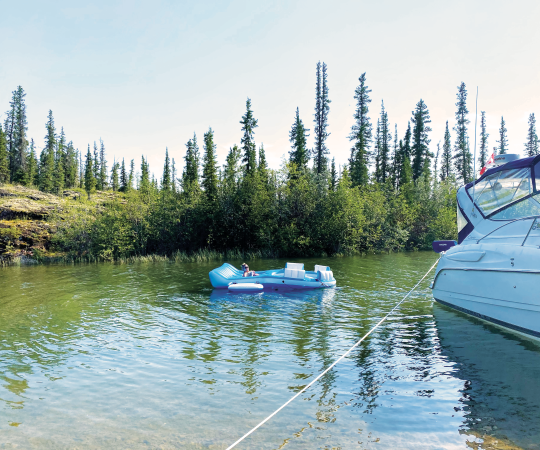1) Portable flotation device
Get one that fits and wear it. Water conditions can change in the blink of an eye. You don’t want to be looking for your lifejacket when you should really be steering your canoe into safety.
2) Extra paddle
You might not need it, but if you lose a paddle and you don’t have an extra, well, you know how the saying goes...
3) Communications device
Satellite phones are good but expensive to use. The SPOT Device is great because you can signal for help with your coordinates, and also send out status update emails as you travel, or make Facebook posts. From anywhere in the world. The DeLorme inReach is a step up, packing in two-way texting as well.
4) First Aid kit
And not a cheap one.
5) Enough food for 4,000 calories a day
You can buy a storm-barrel and harness and fit everything in there (and carry it easily). You’ll want to fill it with dehydrated food (to be rehydrated with freshwater), and make sure you have enough nutrients, protein and carbs in your meal plan to keep you going. Also, bring high-calorie snacks, like trail mix or Clif Bars, and eat them throughout the day even if you don’t feel hungry. Chances are, if you feel grumpy, you’re actually hungry. (Plus, bring treats. You will never regret bringing a dozen chocolate bars on a two-week trip.) Keep it light, pack it full.
6) Rain gear
Bring a rain jacket and even rain pants. Garbage bags with arm holes don’t cut it.
7) Spare, quick-dry clothes
Cotton and denim can take days to dry. If you’ve got synthetic pants and shirts, that’s what you should wear. And don’t skimp on socks and underwear.
8) Tarp
The value of a good tarp can not be overstated. You can make shelter, use them as a ground-sheet for your tent, and if you’re trying to signal for help, you can lay out a big orange tarp in a visible spot to direct rescuers.
9) Firearm
A 12-gauge shotgun with slugs and shot is a strong choice. Handle it safely and hope you don’t have to use it. It’s all too easy to pull the trigger when confronted by aggressive wildlife, but that should only be the last resort. That said, the peace of mind brought by having a gun around is unmatchable. (Make sure you’re allowed to carry firearms where you're going—ie. don’t bring one into a national park)
10) A good tent
This will be your shelter from the elements. And from bugs.
11) Fishing rod
There’s nothing better than fresh fish when you’ve been eating rehydrated dinners for a few days.
12) Bush knife
Get a small, fixed-blade knife. You’ll use it for everything from cutting rope to gutting fish to whittling. Keep it sharp, keep it handy.
13) Sun protection
Sunscreen, hat and sunglasses. When you’re out on the water, there’s no shade and the water reflects sunlight up into your face.
14) Rope
You’ll use this for setting up your tarps, lining your canoes, tying up your canoes, making clotheslines. Don’t go overboard, but bring a bit more than you think you’ll need.
15) Canoe patch kit
Buy one or find instructions online to make your own.
16) Bear deterrents
First off, learn your bear safety. (Park officers can help.) Then bring bear bangers and bear spray, and know how to use them. If you successfully scare off the bear, get as far away as you can before it comes back.

